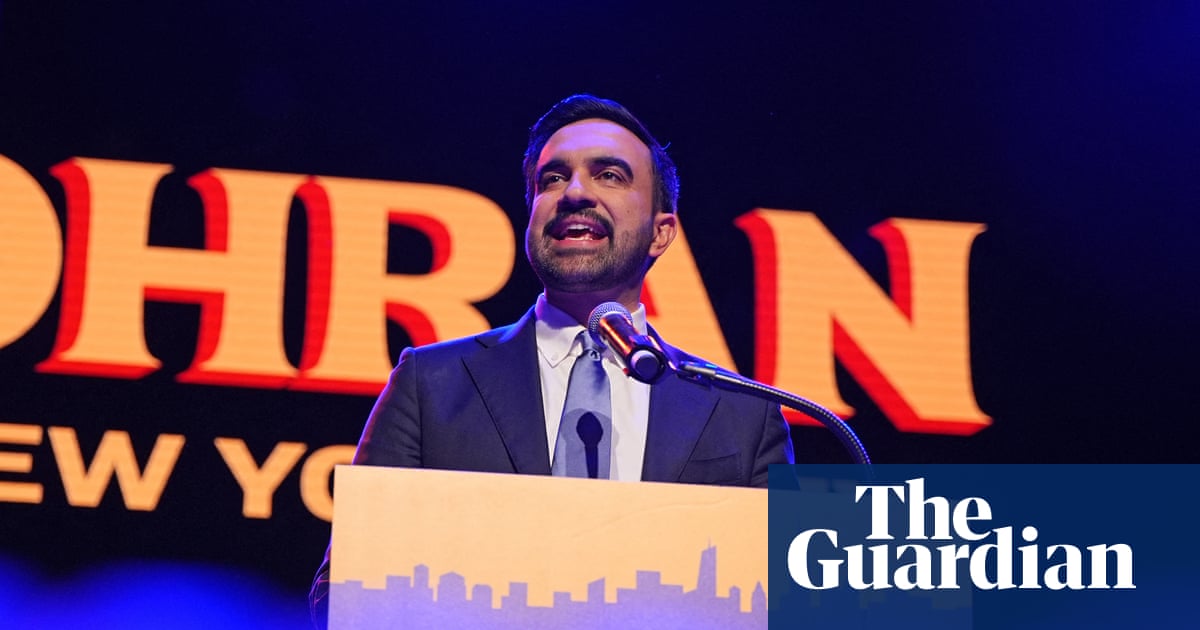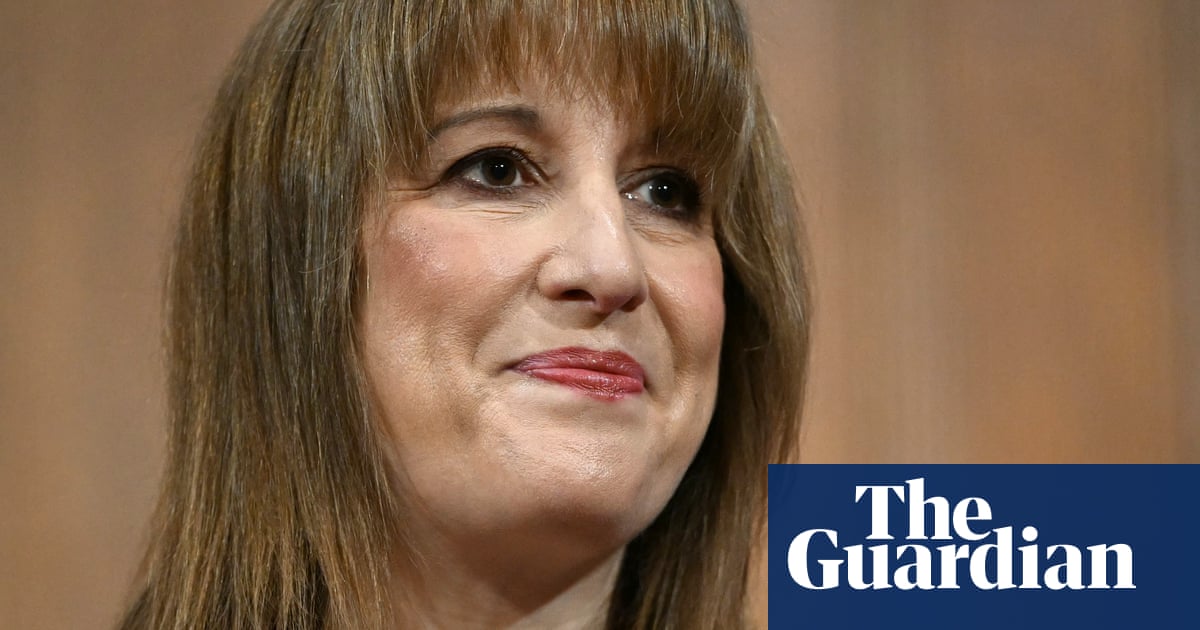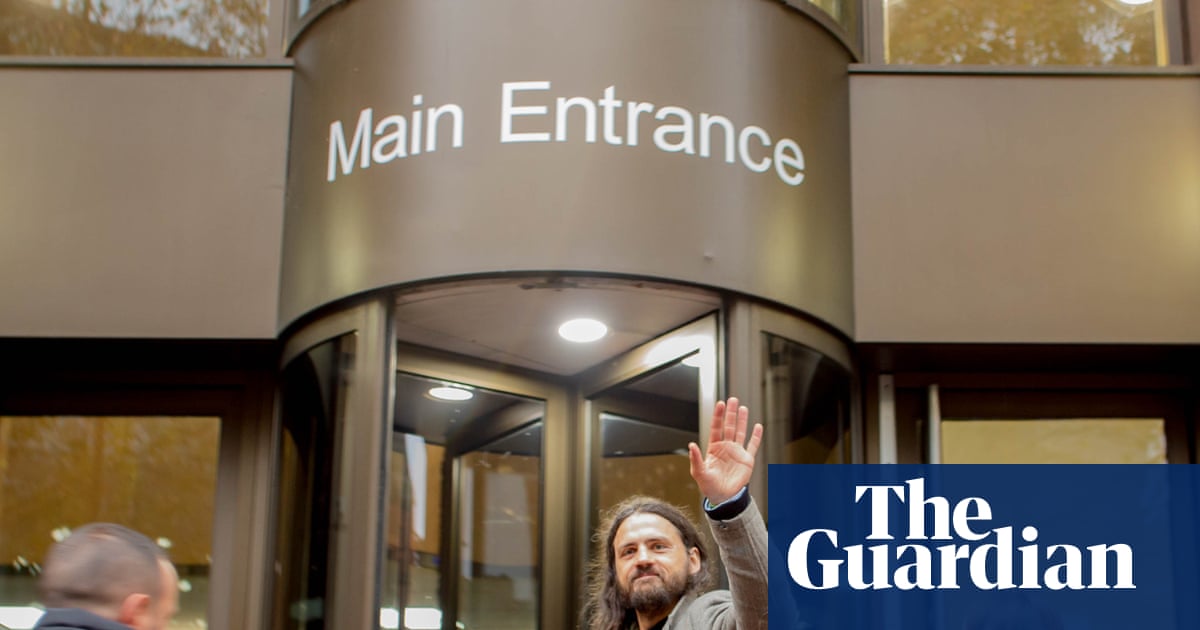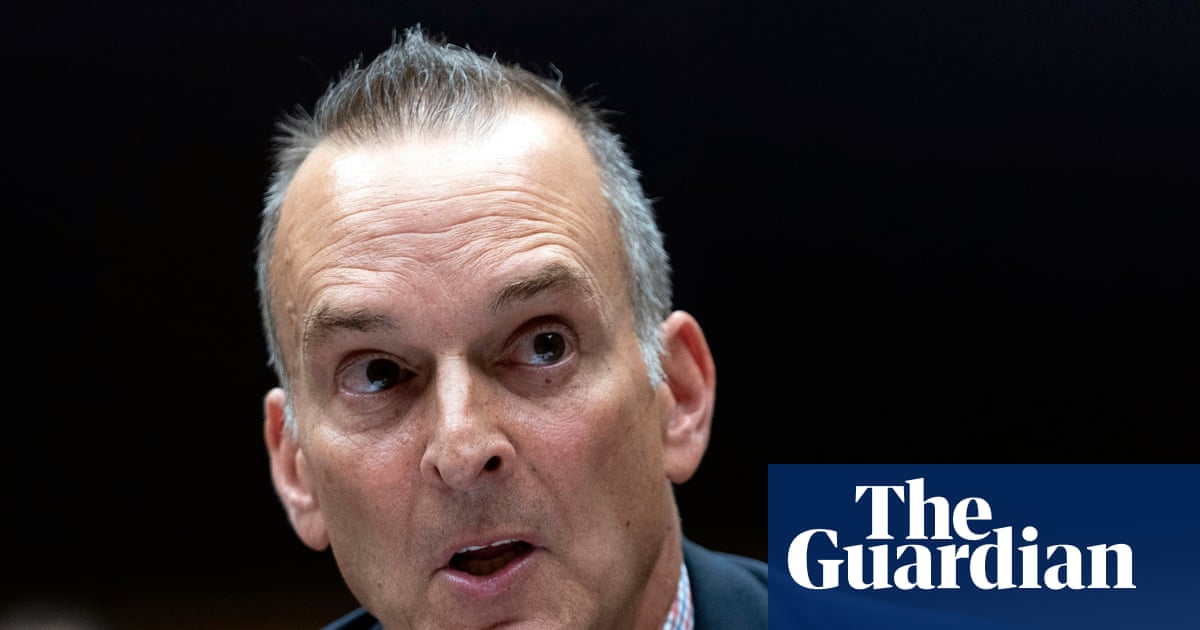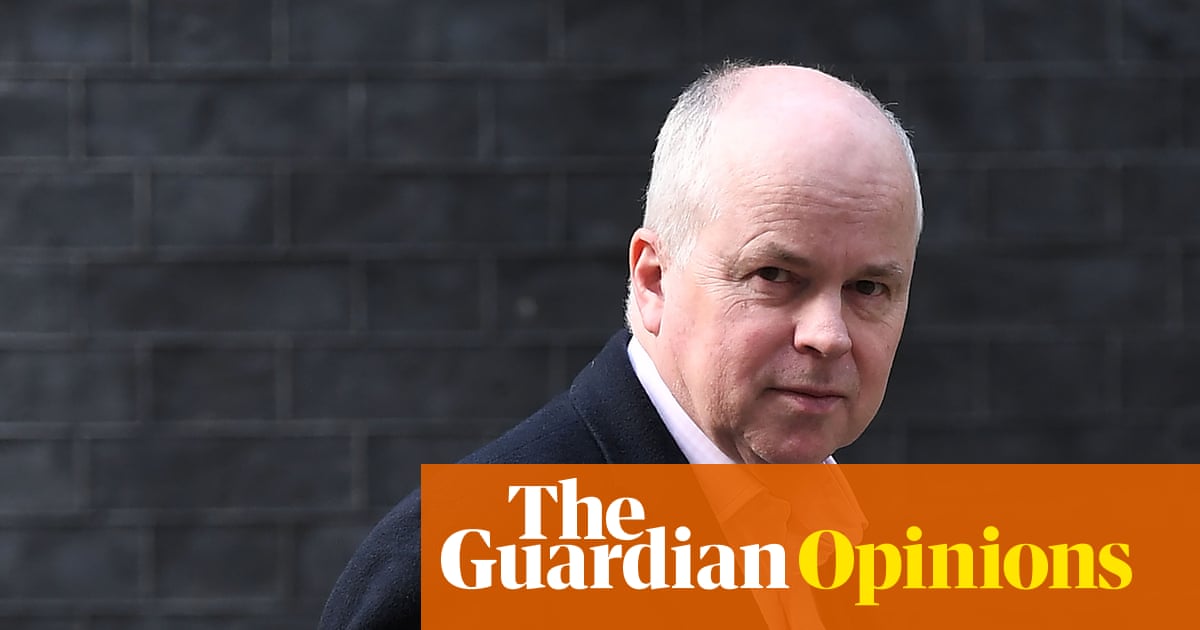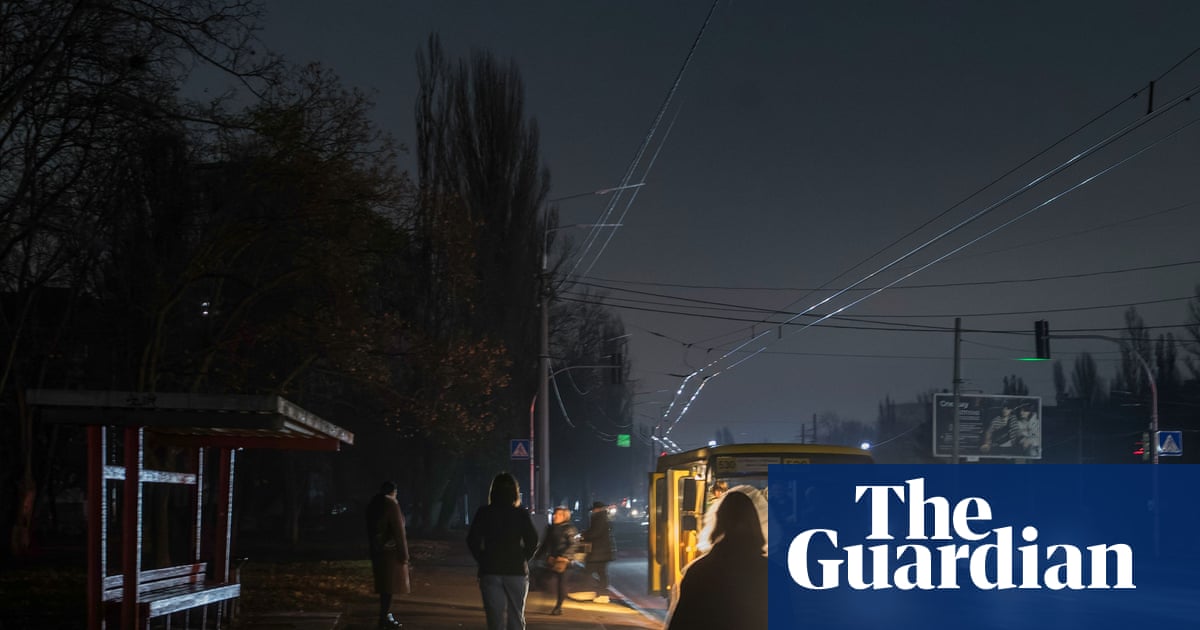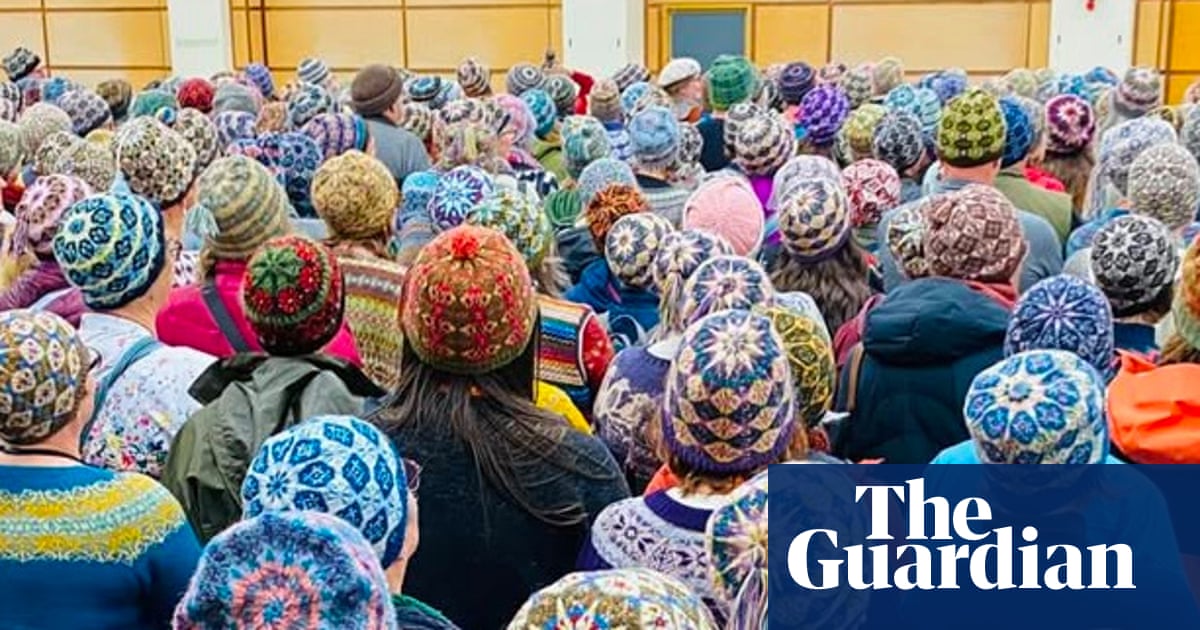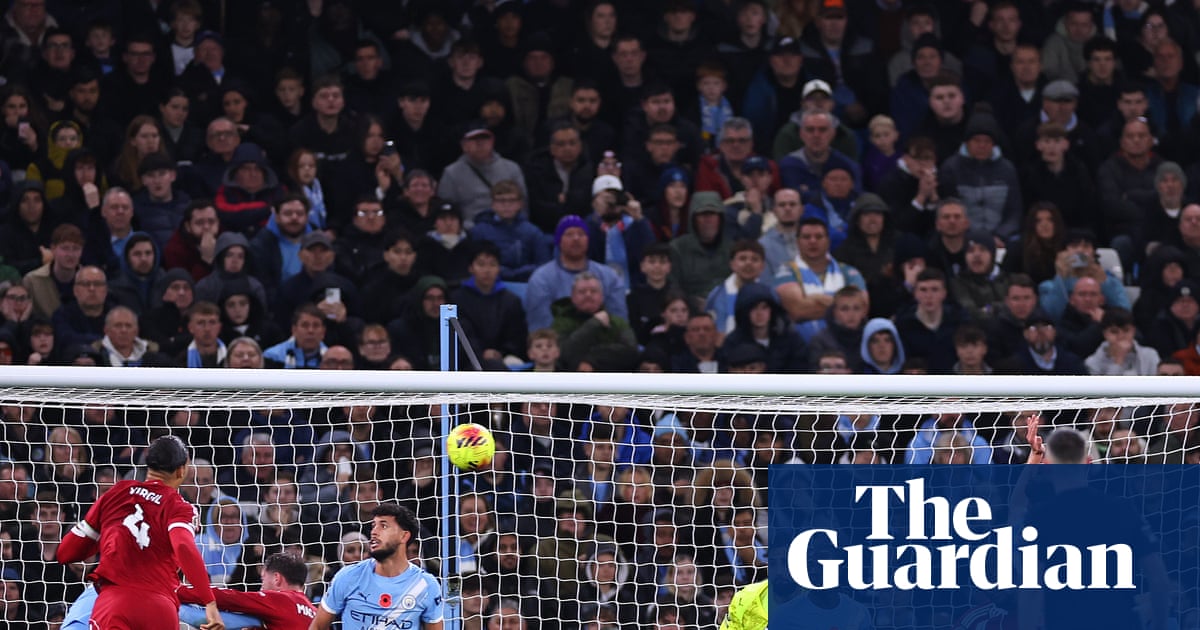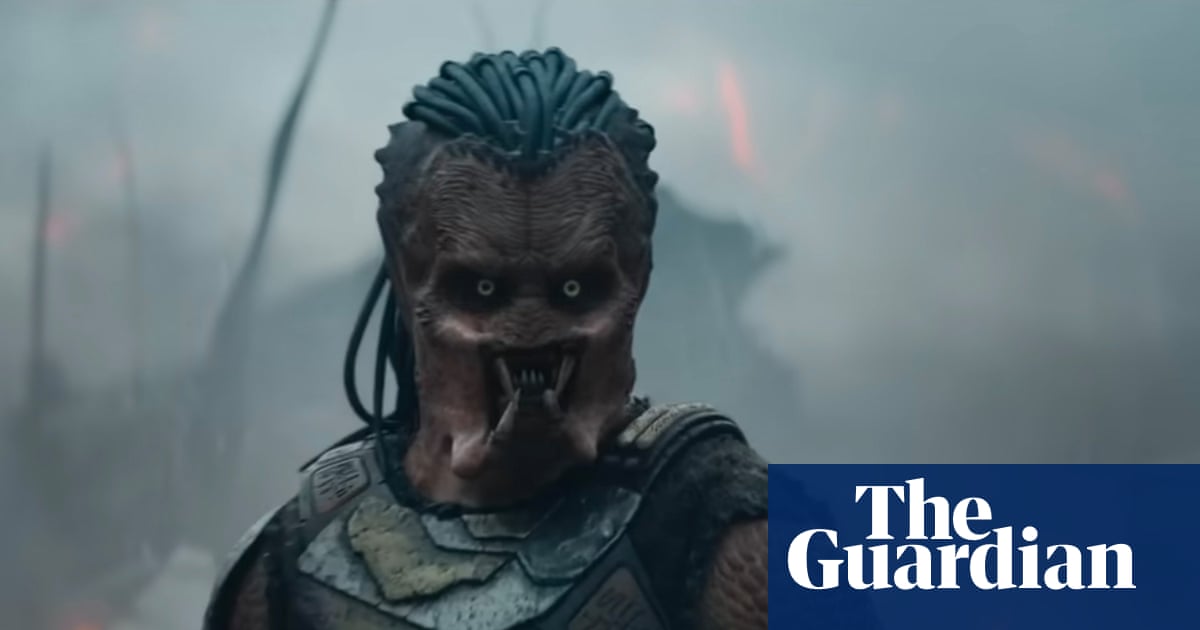Plans for a UN-mandated international stabilisation force charged with disarming Hamas inside Gaza face growing opposition after the United Arab Emirates said it would not participate because it did not yet see a clear legal framework for the force.
Israel has already ruled out Turkey joining the force, and King Abdullah of Jordan has said Jordanian troops will not join. Azerbaijan, once mooted as a contributor, did not attend a planning meeting in Turkey last week and said it would not contribute unless a full ceasefire was in place.
The UAE’s decision, announced by senior envoy Dr Anwar Gargash at a conference in Abu Dhabi, reflects Arab doubts about the terms of a US-drafted resolution already distributed to diplomats at the UN in New York. The draft places an onus on a US-directed stabilisation force to be the principal means of imposing security in Gaza after Israel has left the territory.
Gargash said: “The UAE does not yet see a clear framework for the stability force and under such circumstances will not participate, but will support all political efforts towards peace – and remain at the forefront of humanitarian aid.”
The Arab states would like greater responsibilities to be given to a separate Palestinian civilian police force. International law would also forbid foreign troops from entering occupied Palestine unless there was explicit Palestinian consent otherwise the force would be seen as coercive under UN law, and arguably stabilising an unlawful Israeli occupation.
Jamal Nusseibeh, a Palestinian American co-author of the Palestinian armistice plan, said: “It is critical that the force be deployed not to stabilise the unlawful Israeli occupation, but to enforce international law and end it. The force will work as long as it enters the entire occupied territory, including the West Bank, at the request of Palestine, and has a clear objective to end the occupation within the context of a sovereign Palestinian state.”
There is no reference to the West Bank in the US draft resolution, or to a Palestinian state, or a two-state solution, a prospect Israel opposes.
Detailed negotiations on the stabilisation force mandate, including its command and control, started formally on Thursday in New York, and look likely to be protracted – risking the development of a vacuum in Gaza that may strengthen Hamas.
The US is proposing that it lead the force although it will not have many troops involved on the ground. It has already in effect taken control of the delivery of humanitarian aid into Gaza from a new civil military coordination centre based in Israel.
The draft US resolution defines the purpose of stabilisation force as “along with the newly trained and vetted police force to help secure border areas, stabilise the security environment in Gaza by ensuring the process of demilitarising the Gaza Strip including the destruction and prevention of rebuilding the military terror and offensive infrastructure as well as the permanent decommissioning of weapons from non-state armed groups”.
The force, answerable to a “board of peace” chaired by Donald Trump, and not to the UN, would be required to use “all necessary measures” to achieve its objectives.
Arab states including Qatar are also concerned that this mandate is too expansive, and if Hamas is to disarm the group will only do so to fellow Palestinians probably in the civilian police force at a moment that, from the Hamas perspective, marks the end of occupation.
They also fear the draft mandate spills into giving the stabilisation force a governance role in Gaza, a task that was to be set aside for a Palestinian technocratic committee working in conjunction with a reformed Palestinian Authority.
This “transitional governance administration” in Gaza would remain until “the Palestinian Authority has satisfactorily completed its reform program, the satisfaction of which shall be acceptable to the BoP [board of peace]”, the draft says. It also “underscores the importance” of full humanitarian aid in Gaza, including through the UN, the International Committee of the Red Cross, and the Red Crescent.
However, it opens the door to the exclusion of “any organisation found to have misused such aid”. The phrase leaves open the board of peace excluding Unrwa, the body that the international court of justice has said is the lawful distributor of aid.
France and Saudi Arabia are already pressing for a reference to a Palestinian state to be included in the resolution. The Saudi crown prince, Mohammed bin Salman, is due in the White House on 18 November, and Manal Radwan, from Saudi Arabia’s foreign ministry, has said a reference to a Palestinian state is a prerequisite.
The PA chair, Mahmoud Abbas, met the French president, Emmanuel Macron, in Paris on Monday to discuss the PA role.
Neither the UN nor the 15 strong security council are given a supervisory role over the stabilisation force, supervising the implementation of the resolution, a point largely overlooked by the draft text. Nothing is specified about the funding of this stabilisation mission, which, according to the Americans, should be largely borne by Gulf states, with Saudi Arabia taking the lead.
Israel is seeking written guarantees from the US that it be allowed to follow the pattern of Lebanon and reserve the right to re-enter Gaza if it believes disarmament is not taking place at a scale or pace it requires.
The Israeli proposal was put to Jared Kushner, Donald Trump’s son-in-law, and the US special envoy, Steve Witkoff. Kushner was in Jerusalem on Monday to discuss progress on the ceasefire and Witkoff was due to arrive later the same day.
Only the bodies of four of the original 251 Israeli hostages remain unreturned.
Separately Israel has been proposing that the Gaza Strip could yet be split in two with reconstruction work starting in the Israel occupied parts of the strip. Western diplomats insist that this is not part of the Trump plan.

 2 hours ago
3
2 hours ago
3
